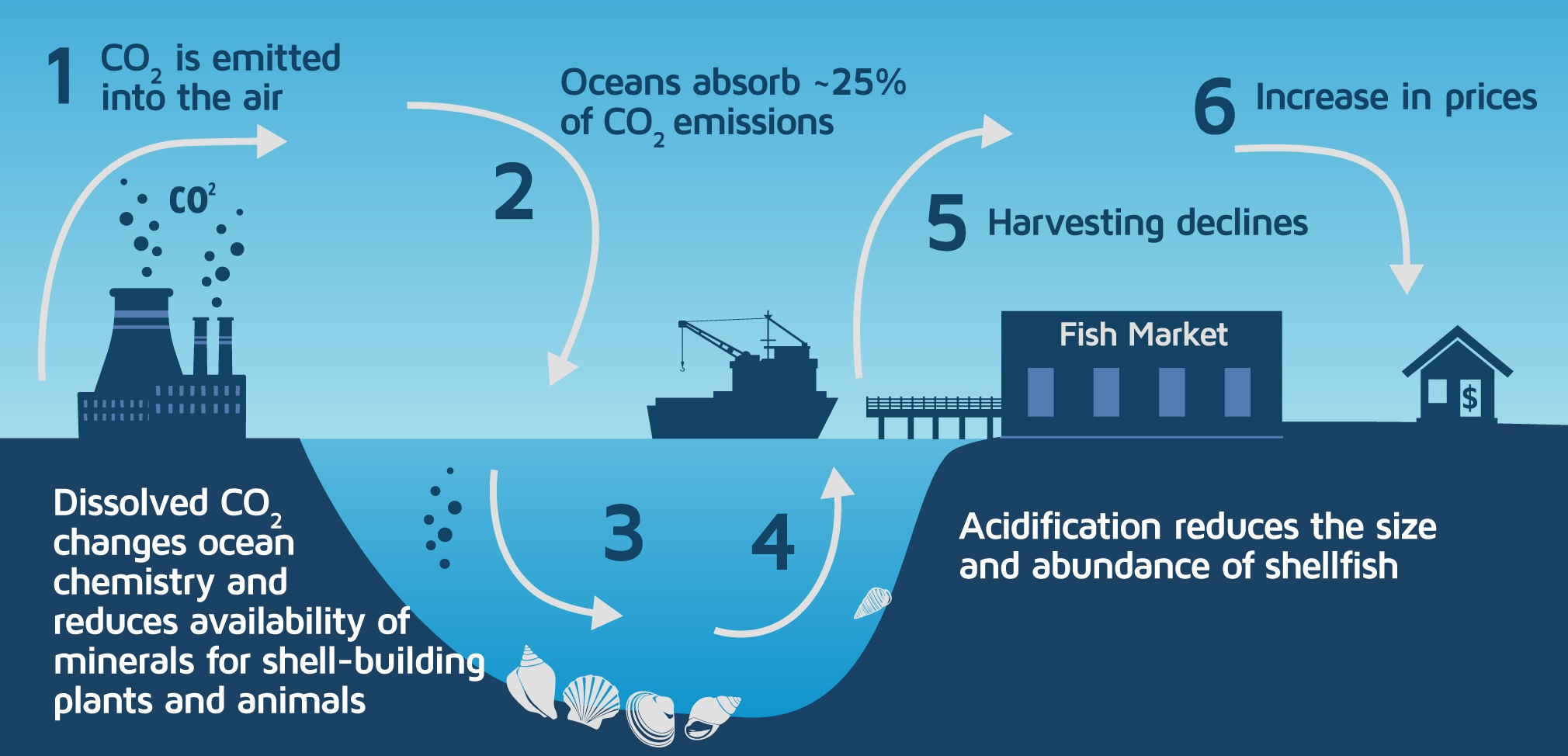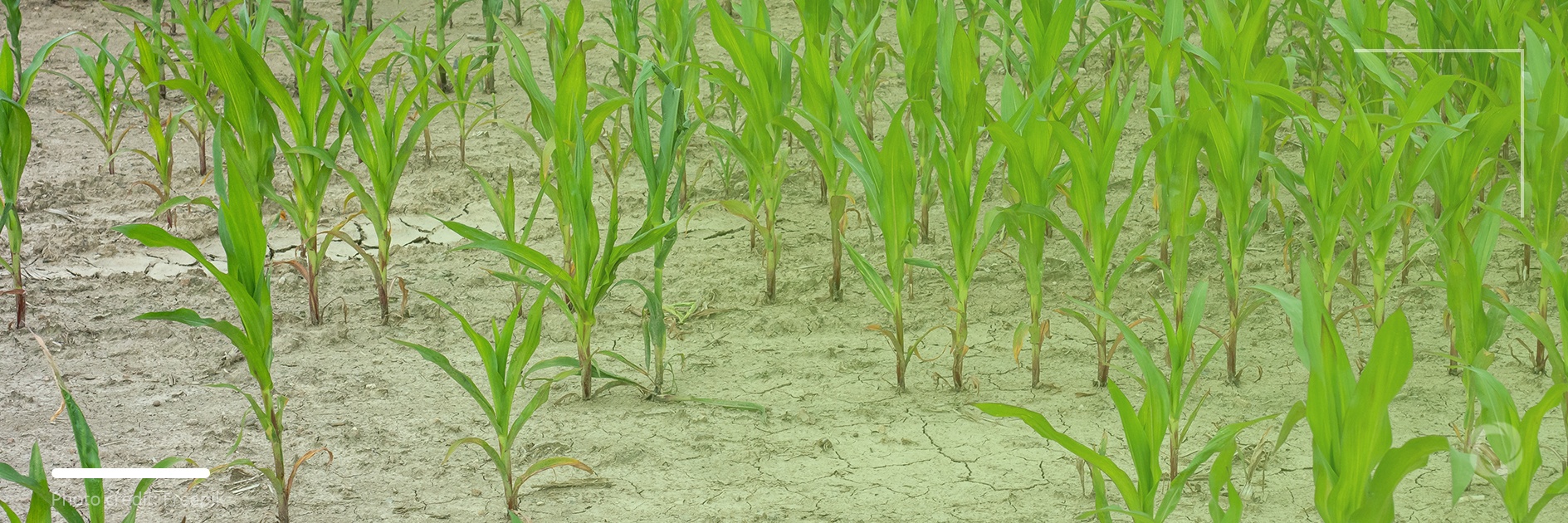Climate change has a negative effect on agriculture due to the increasing number of extreme weather events, rising sea levels, invasive crops, and the like. It leads to a drop in agricultural yields and animal output on farms.
But at the same time, agriculture itself contributes to climate change, namely to anthropogenic global warming by producing methane and nitrous oxide. Furthermore, according to the Food Waste Index Report 2021 food that is wasted accounts for 8-10% of all greenhouse gas emissions.

Recently, the Scientific Advice Mechanism (established by the European Commission) showed that the EU food system is accountable for 21-37% of greenhouse gas emissions” in the region. Should no solution to this issue be found, the emissions from the food system may reach 40% by 2050.
Climate change and agriculture
Based on data from the Food and Agriculture Organization of the United Nations (FAO), small farms make up approximately 90% of the total of 570 million farms worldwide. These small farms are especially vulnerable to seasonal climatic variations.
A shift in the timing or severity of the yearly rainy seasons or droughts, for instance, can destroy crops that have been nurtured by a family for many generations. Here is a clear example of this:
In May 2020, due to the prolonged heavy rains, the Nzoia River in Kenya overflowed its banks, triggering floods in the western part of the country. This led to 237 victims among the local population and the destruction of homes, roads, and over 32 sq. km of farmland (3200 hectares).
 Climate change effects on crops
Climate change effects on crops
- As the levels of carbon dioxide increase, these can decrease the levels of protein and nitrogen found in soybean plants. This takes its toll on the quality of forage which in turn negatively influences the area of pasture and rangeland available to feed grazing cattle
- Extreme temperatures, droughts, and rainfall can impede crop growth. Increased overnight temperatures, for example, impacted corn yields in the United States Corn Belt (the leading region in the country in terms of corn production) in 2010 and 2012.
 Climate change effects on cattle
Climate change effects on cattle
- The occurrence of heatwaves will carry on rising which in turn will take its toll on cattle health, fertility, and the level of milk production
- Drought affects the quality of fodder crops (crops predominantly grown for livestock feed). Changes in agricultural output due to droughts could potentially impact cattle that rely on grain
- A high level of CO2 in the air can boost the yield of plants used to feed animals. However, the continuously rising CO2 levels can also lead to a decline in forage quality in pasturelands leading to cattle consuming more to consume the required amount of nutritional elements.
 Climate change effects on fisheries
Climate change effects on fisheries
- As the temperature of oceans rises, many aquatic animals are forced to relocate to cooler places. This in turn can lead to conflicts with other species in terms of food
- Global warming is also the cause of outbreaks of marine diseases.
- Rising waters combined with acidity impede the calcification (which leads to shell formation) of shrimps, oysters, and corals. It is worth mentioning that such vital species as zooplankton, which form the foundation of the marine food chain, have calcium shells as well. The entire aquatic food web is changing which may lead to problems in the food chain.
The rising CO2 levels make the world’s oceans more acidic which can impact upon delicate ecosystem structures.
Fig.1. The impact of carbon dioxide (CO2) on shellfish and prices

Source: EPA
The future impacts of climate change on agriculture
- Food insecurity will increase through higher food prices and lower food output. Food prices may rise, for example, due to heatwaves.
-
-
-
- Heatwaves that took place in the summer of 2010 resulted in yield reductions in the three biggest grain producers in Europe and Asia – Russia, Ukraine, and Kazakhstan, and led to a substantial spike in the price of staple goods.
-
-
-
- The occurrence of heatwaves can lead to heat stress in both cattle and plants which in turn impacts food supply.
-
-
-
- Heat stress in plants is defined as an increase in temperature to such a degree that it exceeds a threshold level for a period that is long enough to cause irreversible damage to plant development.
- Heat stress in cattle takes place when the body temperature rises and animals are unable to remove body heat properly to preserve thermal balance.
-
-
-
- In 2015 the FAO projected that by 2050 food demand would increase by more than 60% which means an increased demand for crops and livestock.
- In the near future agriculture will intensify with the goal of countering decreasing productivity caused in part by climate change. Combined with the rising demand for animal products, the level of emissions is expected to surge.
From the biggest farm to the tiniest market garden, from growing plants to feeding, from crop cultivation to cattle transport, at each and every point of the production cycle agriculture is dependent on climate but the climate continues to change.

